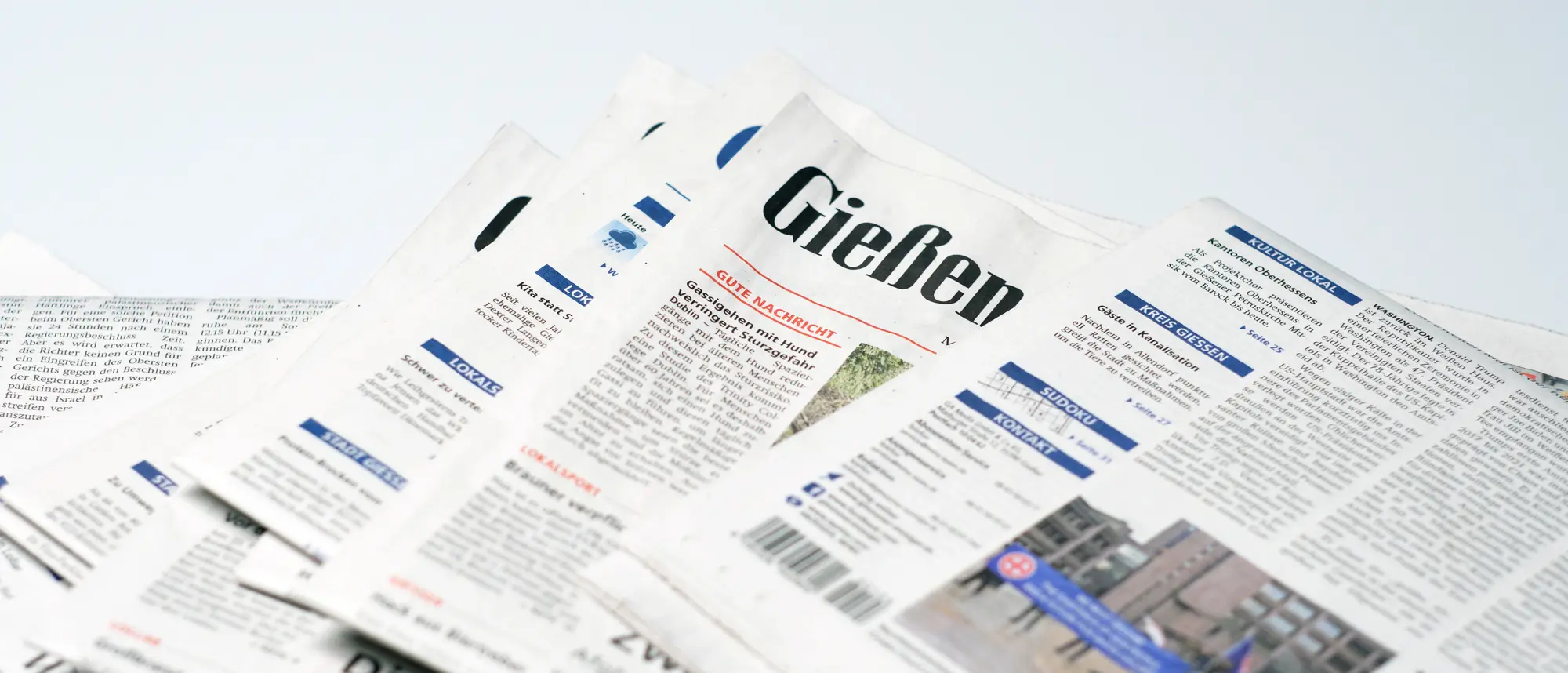Giessen's city buses naturally have varying passenger numbers. Thanks to smart software, Stadtwerke Giessen can predict when there will be more or fewer passengers on the various routes.
Maintaining sufficient distance from other people is one of the key hygiene rules in times of coronavirus. Of course, this also applies on public transport. To ensure this for yourself, it would be helpful to know when planning a journey whether a bus is likely to be full or whether only a few people are likely to use it. Stadtwerke Gießen (SWG) is now offering precisely this service. "Since the beginning of May, we have been showing our passengers the current capacity utilisation of the individual routes," explains Jens Schmidt, Commercial Director of SWG.
Big data in the background
Behind this useful information is a lot of data and its clever processing. In fact, SWG has been using special sensors to count how many people are on which bus and when for some time now. "Because we now have sufficient data, we are able to predict relatively accurately when a route will be heavily or less heavily used," explains Jens Schmidt. SWG is now making this knowledge available to its passengers - in the form of a clear graphic on its website. In a matrix showing all bus routes and the times of day, the predicted capacity utilisation can be read intuitively using a colour scale. "If you are flexible in terms of time, you can use this information to choose a bus that offers enough space for plenty of distance," adds Jens Schmidt.
However, the capacity utilisation forecast not only improves local transport in Giessen in terms of infection protection. Even when everything is back to normal, being able to estimate the number of passengers on a bus can be a significant advantage. Take shopping, for example: if you are travelling by bus to go shopping in the city and then start your journey home more or less packed, you will certainly be pleased to have a seat and enough space to put your bags down without obstructing others. In a situation like this, it may well be worth thinking about starting your shopping trip half an hour earlier or, even better, two hours later. Or perhaps having a coffee in peace and quiet before the journey home. Because after this short break, the number of passengers on the required route should have reduced significantly. "The capacity utilisation display is a real milestone for our local public transport system," says Gerda Weigel-Greilich, the Giessen department head responsible for the issue. "Once again, SWG is at the forefront when it comes to introducing sensible innovations and making public transport fit for the future." This should also have a positive effect on the CO2 balance in the medium term. After all, the more attractive the service, the more people will switch from car to bus. And that reduces CO2 emissions in the region.
Available for other transport companies
The capacity utilisation forecast is based on the innovative Vectura Analytics application. It was developed in a co-operation between SWG and the data science experts at Brodtmann Consulting. The intelligent programme marks an important step towards the future of local transport - and not just in Giessen. In fact, many transport companies should already have the data they need to forecast capacity utilisation. This is because passenger counting systems are now standard. The only thing left to do is to process this existing information in a useful way. This is exactly what Vectura Analytics is ideal for. Marc Lammerding from Brodtmann Consulting puts it this way: "Our business intelligence software for analysing and processing transport data enables every transport company to get started with data analysis quickly and easily. Of course, we look forward to enquiries and discussions about this, new contacts and business partners."

